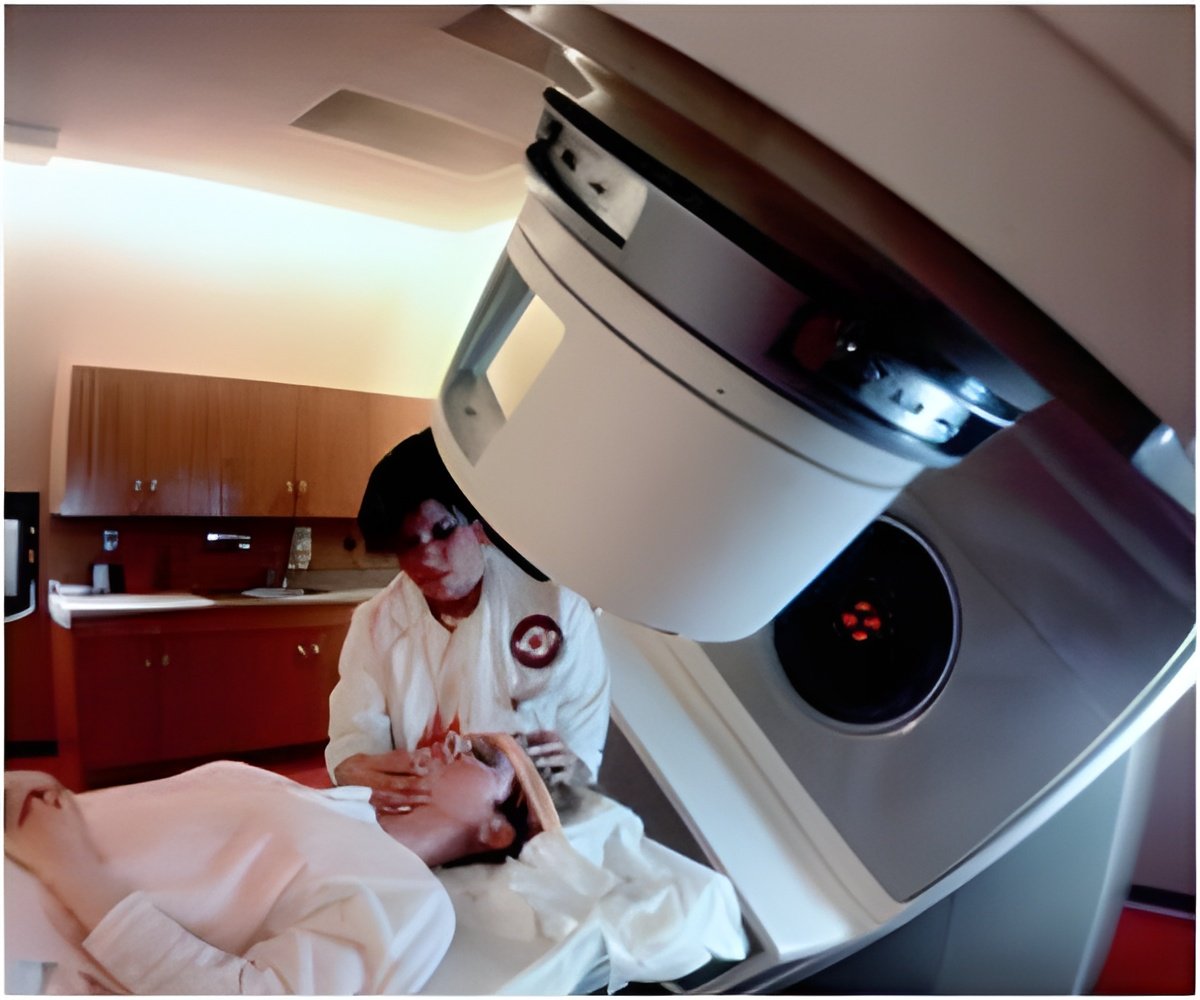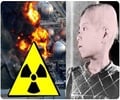Scientists at The Ohio State University Comprehensive Cancer Center -Arthur G. James Cancer Hospital and Richard J. Solove Research Institute (OSUCCC - James) say blood test could help save lives through early and real-time identification of the condition to enable timely clinical interventions.

‘New test is rapid, scalable and can serve as a point-of-care-type diagnostic tool for real-time evaluation of radiation sickness to screen a large number of individuals in a short time.’
Read More..




Historically, this has been most relevant through accidental exposures or mass casualty radiologic events, like the ones witnessed in Hiroshima and Nagasaki during World War II or even a reactor accident such as the one at Chernobyl in 1986.Read More..
The condition can rapidly weaken a person through its side effects and lead to death without intervention. The current diagnostic test ¬- a dicentric chromosome assay - requires three to four days to get results.
ARS most often impacts the bone marrow and gastrointestinal systems early while the debilitating effects on pulmonary, cardiovascular and central nervous systems can be delayed. Death can occur in a matter of days for the most severe cases, but most patients die within several months of exposure. Rapid identification of exposure levels is critical for responding and triaging patient treatments.
"This new test uses a single drop of blood - collected from a simple finger prick - and results are ready in a few hours. It is rapid, scalable and can serve as a point-of-care-type diagnostic tool for real-time evaluation to screen a large number of individuals in a short time," says Naduparambil K. Jacob, PhD, an associate professor and scientist in the OSUCCC - James Translational Research Program.
For this test, researchers compare the relative expression of two small molecules called microRNAs in the blood. The first is microRNA-150 ¬- which Jacob's lab identified several years ago as a biomarker to measure the extent of bone marrow damage. This microRNA decreases as a function of radiation dose while the normalizer, called microRNA-23a, does not change.
Advertisement
"We measure ionizing radiation in grays. People who are exposed to two gray need to be identified and treated and it is predicted that if you are exposed to about four gray to the whole body, without timely treatment there is a 50 percent chance of survival," says Jacob.
Advertisement
"Some patients develop major issues like thrombocytopenia and neutropenia as the result of radiation treatment. We can't look at a patient and determine how much radiation he or she has absorbed - but the impact can be cumulative.
As a result, radiation sickness could occur weeks or months after the radiation therapy," explains Jacob. "With additional research, this new testing method could potentially help oncologists measure - in real time - absorbed radiation and intervene before radiation sickness occurs."
Source-Eurekalert












